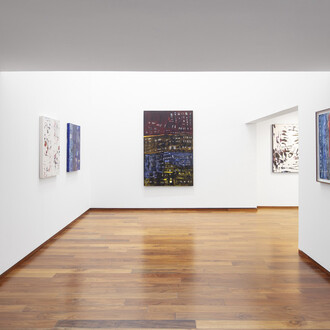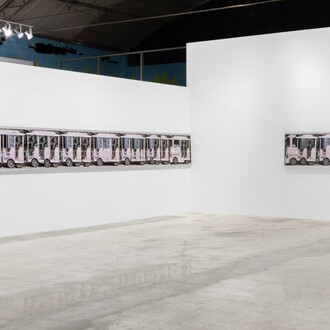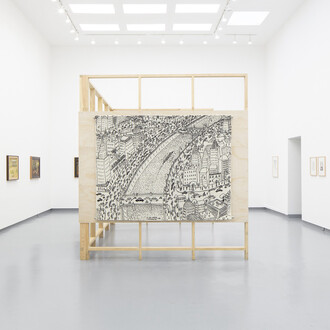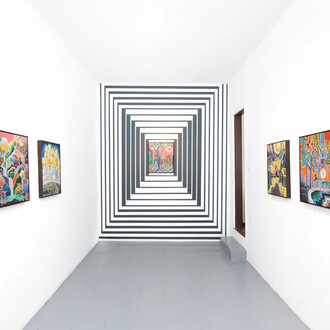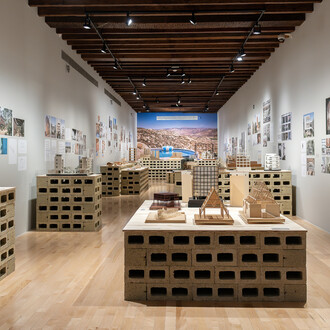The exhibition aims to present the output and critical potential of the Mira Group and contribute to the history of the 1970s in Mexico.
The members of the Mira Group met at the National School of Visual Arts (ENAP). They worked together in the United States under the name of Group 65, and later founded the People’s School of Art in Puebla, active between 1972 and 1974.
Finally, between 1977 and 1982, they formed the Mira Group. This project was concerned with refounding a political art far away from the stereotypes of committed art, in dialogue with the struggles and thought of its time.
The group produced an art directed both towards workers and more specialized audiences, using historical forms of public art such as muralism and political graphic art, and at the same time the neo-avant-garde, conceptualism and institutional criticism.
As a founding member of the Mexican Front of Cultural Workers’ Groups, which emerged in 1978, the Mira Group formed part of the groups in the late 1970s that, to question the social function of art, expanded their work towards conceptual and non-object-based forms of art, such as installation and performance. Committed to the construction of the memory of the events of 1968, to university reform, to the renewal of independent trade unionism and to reflection on cultural policies after the electoral reform of 1977, the Mira Group generated visual mechanisms that position it as one of the most significant of this period. The exhibition displays more than 500 documents and works from the personal collections of Arnulfo Aquino and Jorge Pérez Vega, from the Arkheia Documentation Center and the MUAC, and from several other archives and universities in Mexico and the United States.









